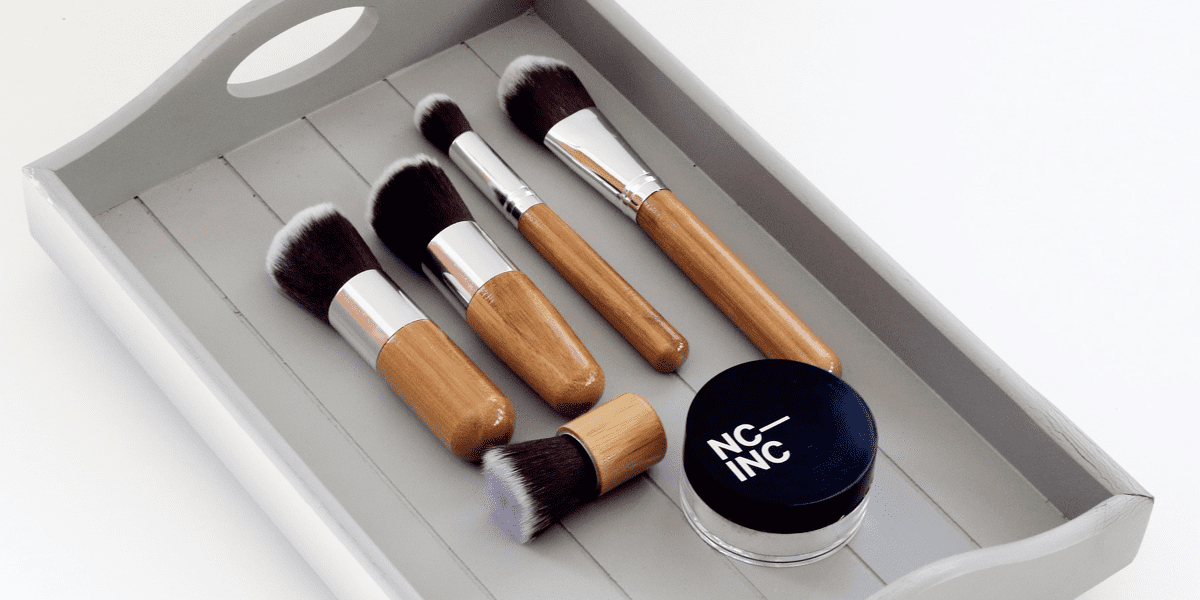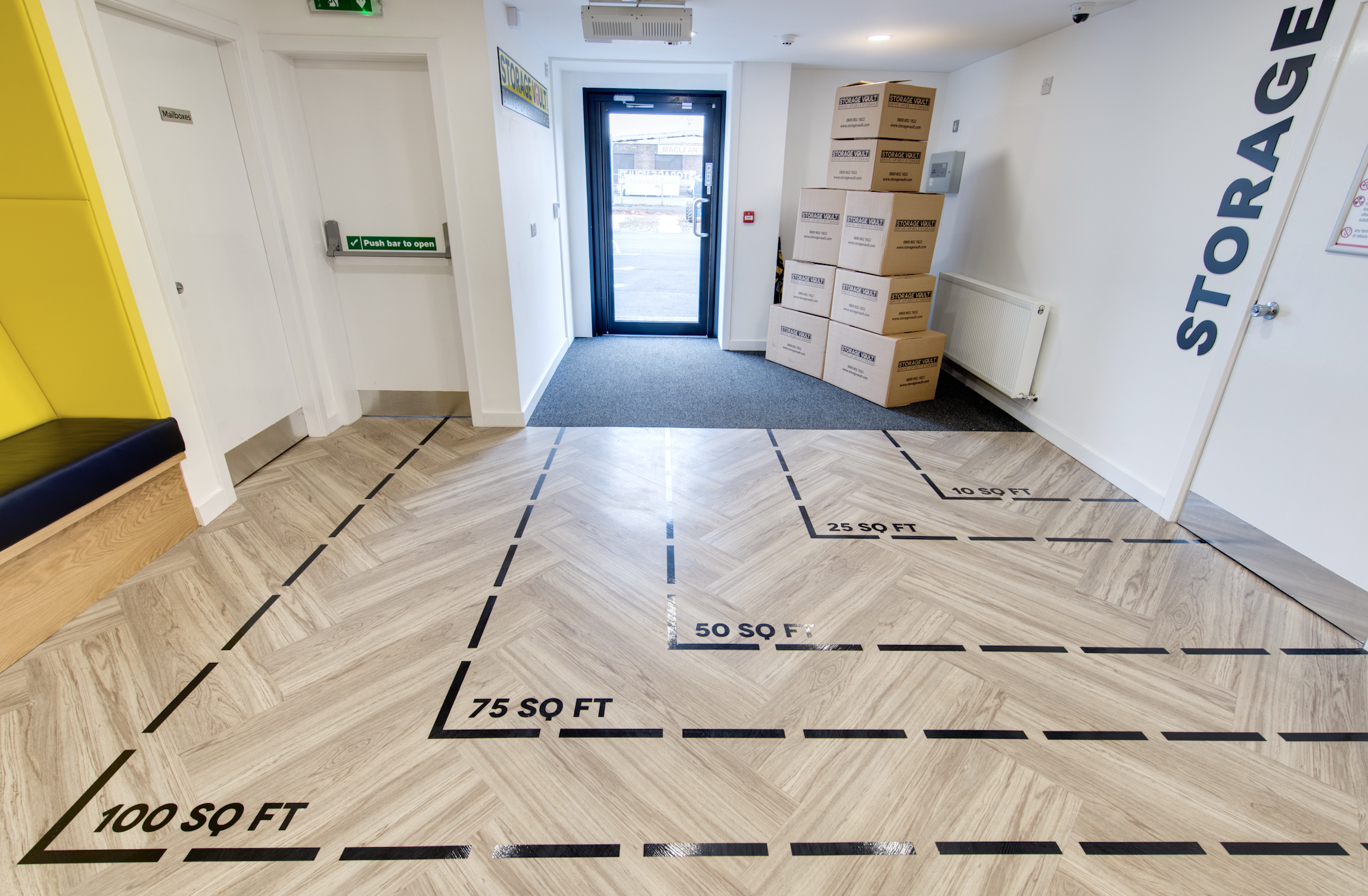How to Be More Sustainable at Home

There is no doubt that our society is consumeristic. We consume and we consume, and we consume some more, but very rarely do we think about what it takes to produce the items that we consume. Retailers want to buy products to sell at the cheapest rate, so their sales margin is higher, so producers use cheaper products that are of lower quality. Retailers don’t mind if a product breaks because another product will have to be bought to replace it. This cycle produces massive amounts of waste and isn’t sustainable. The resources that are used to create the products aren’t renewable and are dwindling and the effects on the environment are visible. Creating products that are quality, that will last, and that are made sustainably is needed now more than ever. When sustainable practices are adopted by consumers at home there is less energy used in the production of the product and in your home and with less energy comes less waste and pollution. The source, the producer, and the retailer know faces and names and that leads to a higher quality product for the consumer.
What is sustainability?
The most basic definition of sustainability is the ability to continue the act at hand for the foreseeable future. For sustainability to occur three things must happen: economic viability, social equity, and environmental protection. These three principles of sustainability don’t each happen in a vacuum but interact with each other. Economic viability and social equity overlap so the haves and the have-nots aren’t created. When these principles interact successfully consumers, not only can afford the products but have ownership of the products. Economic viability and environmental protection need to overlap so the environment isn’t stripped of all of its resources to make an easier to produce and cheaper product. When economic viability and environmental protection overlap resources are used that are renewable and/or sustainably sourced. Social equity and environmental protection need to overlap so there isn’t an abundance of physical waste and a waste of energy.
Of these three pillars, individuals can have a direct impact on the overlap between social equity and environmental protection. Wanting to pay less for products and have them delivered to us quicker, we have chosen for producers to use energies that aren’t sustainable and created greater harm to the environment. Cheaper energy was created using coal that was sourced by stripping mining mountains and depositing waste into the hillsides and waterways closest to them and this doesn’t account for the health impact on the workers. Oil is sourced for the gas used in the vehicles that are becoming larger and also used to create the plastics that have made the products cheaper for us to buy. When we choose sustainability, we lessen the impact on the environment and create a healthier environment for us to live and work.
What is my impact on the environment?
Whether you are new to the conversation about our impact on the environment or want to see how you have improved your impact on the environment there are three areas to measure: energy consumption, water usage, and waste generation. There are many factors that are involved in measuring your impact in these areas, so the best way to measure your impact is to take advantage of the ecological footprint calculators online. Search for “environmental impact calculator” and determine which one you would like to use. These calculators will not only provide the results of your impact on the environment but will give you ideas to help you reduce your impact on the environment and become more sustainable.
How can I become more sustainable at home?
To begin to become more sustainable at home there are three areas to focus on: energy conservation, water conservation, and reducing waste. These three areas have the largest impact on how sustainable you can be at home. Here are tangible ways you can implement and directly experience becoming more sustainable at home.
Energy Conservation
When you read or hear energy, think power. What is powered at my home? What is plugged into the walls or uses batteries to operate? We’ve all heard that if you aren’t in space, turn out the lights, so use motion sensors or timers to automatically turn lights on and/or off. Add to that what type of lightbulbs are used in your fixtures. LED light bulbs use 75% more energy and last up to 25 times longer. That is less direct energy used in your home, and also less energy used in production. Lights aren’t the only power sources that can be put on a timer: use programmable thermostats and set your dishwasher and washer and dryer to run at night when less energy is used. Not only can you run your appliances at night, but when you are purchasing new appliances, choose ones that are energy efficient. What is behind your walls and on the exterior of your home also has a large impact on the energy that you use. The better rated the insulation in your attic, walls, and basement, the easier it is to heat and cool your home. You will also use less energy by ensuring all windows and doors are properly installed and have no leaks for air to escape.
Water Conservation
People don’t usually think about the amount of water that they use influences their sustainability because it doesn’t disappear after being used and there is more water than land on Earth. Lowering your water usage at home creates more sustainability because of the energy that it takes to get that water to your home and then for you to use that water. Begin with water conservation at home by fixing the leaks and drips where water is being used for no purpose. For those fixtures and appliances that use water, purchase low-flow faucets and showerheads; washing machines and dishwashers that use less water; and toilets that are dual flush, so the appropriate amount of water is used. There are consumer guides that can provide what products use less water.
All the water that you use doesn’t have to come in from your main water line and will conserve more water. Installing rain barrels and using them for exterior watering projects is a simple and effective way to use less municipal water. Another way to conserve water usage is installing a greywater system that will reuse water from the appliances inside your home to be used for exterior watering of your yard and/or plants.
Waste Reduction and Recycling
Recycling is the most popular way that people have become more sustainable but is far from how effective it can truly be. Create a system at home to sort and separate, not only your recyclables from trash but also the recyclables into the correct categories. Many times, recyclable items are separated incorrectly and not able to be recycled. If your recyclable materials are not picked up at your residence, identify local recycling facilities and discover what materials they take and how they need them to be separated. They may even take materials that are not picked up at your residence.
Recycling isn’t the only way to reuse products; composting is an easy and viable option. When you compost you keep waste out of streams and landfills which creates less methane from the landfill. Composting also improves the health of the soil by returning nutrients to the soil and allowing the soil to retain more water. If you live on ¼ acre, by composting, your soil will retain, on average, 5,000 gallons of water meaning there will be less water needed when watering your lawn and/or plants. Composting containers can be placed next to the waste and recycle bins inside your home and composting piles can be created outside. The compost can then be used as fertiliser for the overall health of your yard.
Sustainable Home Cleaning
We all want a clean home to keep us healthy and organised, but many of the products and the containers that they come in are detrimental to the environment. You can begin sustainable home cleaning by choosing eco-friendly products that have natural ingredients produced by environmentally friendly brands. The products are more sustainable, but the packaging is either reusable, recyclable, or compostable. When you clean, also choose options that are multi-use. Single-use items are sold with convenience and not the environment in mind. Multi-use products also cost less over the use of the product. If eco-friendly and/or single-use items are not a viable option, limit their use and make sure they are disposed of properly, so they don’t hurt the environment more than necessary.
Sustainable Gardening
Gardening has become a hobby over time when originally it was out of necessity to provide fruits and vegetables for the family dinner table. Tables are beginning to turn as people are choosing to consume sustainable and safe foods they are returning to gardening. When you choose to garden, choose to garden organically. Avoid synthetic pesticides and fertilizers that harm the ground, water runoff, and you and your family if improperly used. As you determine the layout of your garden, use companion planting that mutually benefits each plant through pollination, deterring pests, and keeping unwanted wildlife away.
Water-wise Landscaping
A sustainable home doesn’t mean it has to be unattractive with no curb appeal. Landscaping can be planted and maintained that is beautiful and sustainable by choosing native plants. These plants are acclimated to your environment using less water, will keep the local pollinator close, and will fit into the terrain of your home. If watering is a necessity, implement efficient irrigation systems like using greywater, water in low light and heat, and using drip irrigation that is absorbed directly by the plants.
Sustainable Food Choices
We all need to eat, but we don’t have to fall into the commercial trap of large portioned, fast food. You and your family can eat sustainably by having a better understanding of where your food comes from and how it gets to your table. The easiest way to do this is to eat foods that are grown locally where less energy is used in transportation, and you can put a face to what you are eating. If you eat foods that are in season, they will be riper and not have to travel as far to get to your table. The food that you do choose to eat needs to be properly stored so it can be eaten and not go to waste before eating or as a “leftover”. Eating the proper amount of food also allows you to be more sustainable. Create a menu for the week and obtain only that food so there is less waste. Within that menu, use portion control so one doesn’t feel they have to overindulge or not eat what is served and it goes to waste. A final way to sustainable food choices is to eat more meals at home. Dining out and getting fast food produces physical waste with containers, food waste with the portion of food, and energy consumption to transport the food to the stores.
Sustainably Commuting
Staying home all of the time is not an option, but how can we commute in a sustainable way? You don’t always have to drive where you are going, but you have the option to ride a bike or walk. These are both healthier and use less energy. If you do need to drive, take the least number of vehicles to your destination. Does your family really need to take two cars? Are there coworkers that live around you so you could carpool? Is there public transportation that will get you to your destination? All of these options get you to your desired location with less vehicles on the road leading to less energy usage and less congested roadways. When you do have to take your own vehicle, practice fuel-efficient driving like choosing the fuel-efficient route provided by your GPS. Finally, when you need to purchase your next vehicle, choose a hybrid or electric vehicle so less oil is taken from the ground and refined into gas.
Conscious Consumerism
We are not able to grow, produce, or make everything that we want and need, so be conscious of what you consume and where it comes from. Not all products are created equally. All products have a life cycle of how long they can be used before having to be discarded. There are even products that are designed to have a shorter than necessary life cycle so they have to be purchased more often. Choose the product that has the longer life cycle so it has to be produced, purchased, and discarded less frequently lowers the amount of energy used in the life-cycle of the product and the amount of waste produced. The life cycle doesn’t end when you are done with the product, so choose products that are environmentally friendly and are in eco-friendly packaging that can be reused, recycled, or composted.
Incorporating Renewable Energy Sources
You and your family will use energy to power all that happens in your home, and you now have multiple options as to where that energy originates. Consider installing photovoltaic panels (better known as solar panels) that absorb and convert energy from the Sun into usable energy at your home. These panels have become more efficient, durable, and attractive with technological advances. One of the major sources of energy in your home is your water heater, so when you need to replace your water heater, choose one that is solar-heated or solar-powered. There are also energy plants that use wind turbines and water to convert the wind and water into power that goes into the grid that you can choose to receive the power to your home.
Eco-Friendly Home Renovations
Whether you are renovating your home because of weather damage, wear-and-tear, or for aesthetic reasons, you now have options that are sustainable, renewable, and eco-friendly. Consider using green building materials that are composed of renewable materials that are environmentally responsible for the life of the product. The second largest surface area of the outside of your home are the windows and doors. Choose energy-efficient windows and doors so less energy is used to heat and cool the inside of your home. One of the most frequently renovated areas of the home is the floor. There are now sustainable flooring options from hardwood floors to carpet, so ask about the sustainability sourcing, production, and life of the floor as you choose your flooring options.
How can I encourage sustainability in my community?
As you implement these ideas in the different areas of your home to become more sustainable you will see and experience the benefits of living a sustainable lifestyle. You will want to share your thoughts and experiences with those in the community around you. Discover local initiatives in the community where you can learn from others and share your experiences. These initiatives both raise awareness and implement direct action for the community to incorporate sustainable practices in the community. Finally, your dollar is the best way to encourage sustainability in the community. Shop at sustainable businesses and buy sustainable products from other retailers. The impact that you have made at home will translate into the community.
Frequently Asked Questions
How much can I save by implementing sustainable practices at home?
How much you save will depend on what sustainable practices you implement at home. Changing 100 lightbulbs in your home that are on for 8 hours a day to LED bulbs can save you more than £1,000 a year. Using water and energy-efficient appliances you can save £300 a year. Many local, state, and local governments may offer rebates and/or tax credits for appliances to vehicles that are energy-efficient that range from £50 to thousands of pounds.
Are eco-friendly products more expensive?
The dollar amount paid for eco-friendly products can be upwards of 75% more than non-eco-friendly products, but over the life of the products, they are less expensive socially and environmentally. The more that eco-friendly products are purchased the cheaper they will become.
How can I convince my family to adopt sustainability habits?
Don’t try and do too much at once but take baby steps so they can see the benefit for themselves. Continue to educate yourself and your family about the benefits. Explore nature together to see the impacts that are not financial. Do it together: sort the recycling, create a compost pile, take a bike ride, and use reusable shopping bags.
Get in touch





